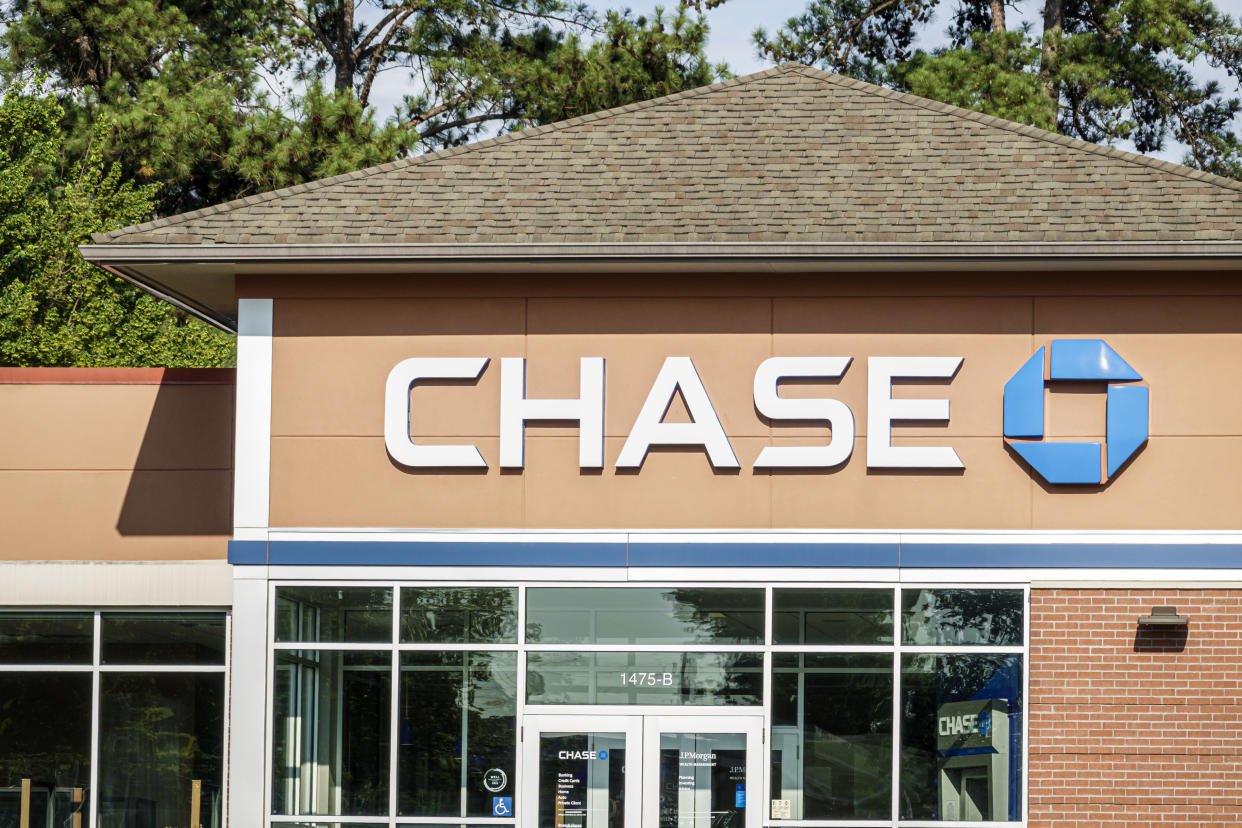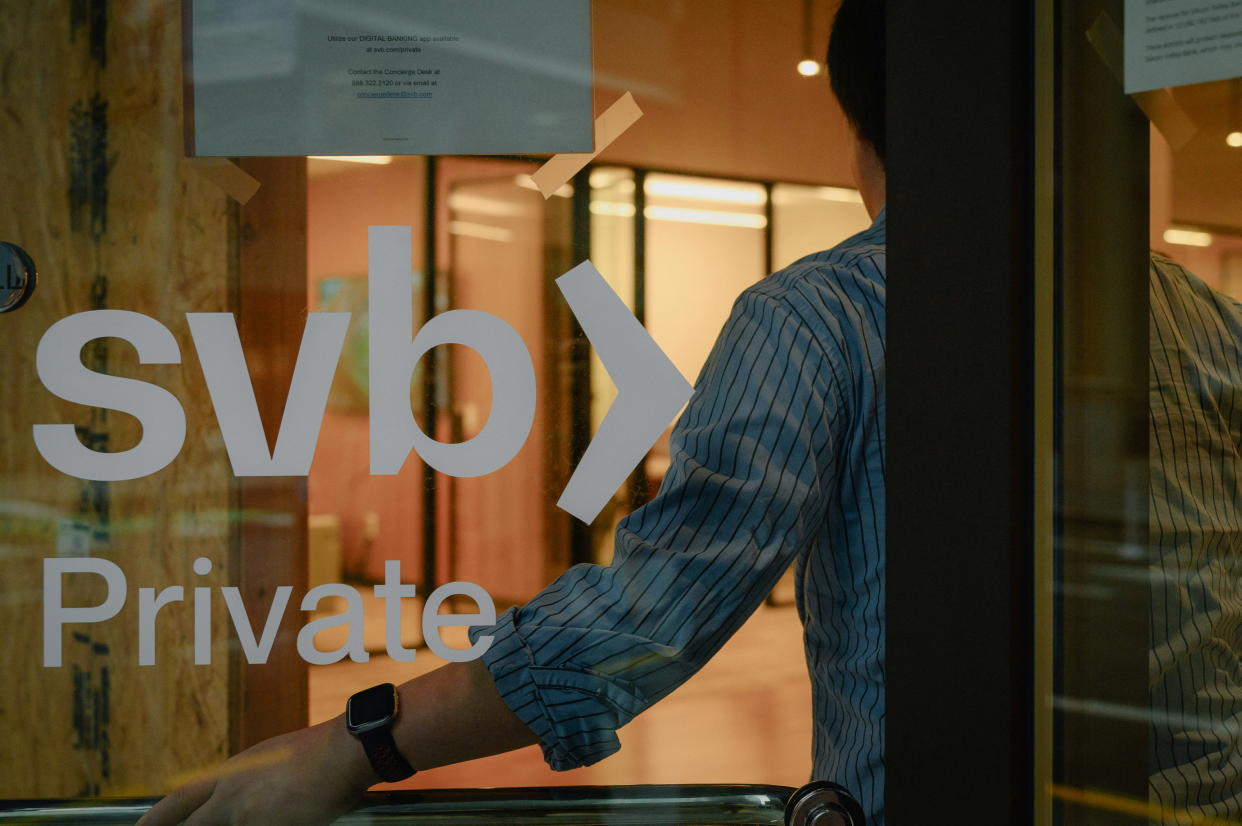Banks are building more branches for the first time in a decade
US banks added more net new branches in 2023 for the first time in a decade. That bet on new brick-and-mortar locations isn't letting up so far in 2024.
Last year banks added 94 net new branches across the US, according to new data released this week by the Federal Deposit Insurance Corporation. That was the first annual period since 2012 they opened more than they closed.
It ended a decade-long consolidation of physical locations around the country triggered by the aftermath of the 2008 financial crisis, which forced many banks to cut costs and reduce the size of their footprints while also relying more heavily on digital banking to connect with customers.
Banks still have a long way to go to make up for all the locations they shuttered. The number of US branches was 69,684 at the end of 2023, down from 82,461 in 2012.
This year a number of sizable banks have announced plans to add back more. They include Pittsburgh lender PNC Financial Services Group (PNC), Cincinnati lender Fifth Third Bancorp (FITB), and industry colossus JPMorgan Chase (JPM).
The reason some banks are making new bets on physical branches is that they view the physical locations as ways to grab new wealth management and small-business customers without making acquisitions of rivals that might not pass muster with antitrust regulators, according to some industry observers.
"The largest banks have been constrained from making domestic acquisitions, encouraging expansion into new domestic markets by opening new branches," said Eric Rosengren, former president of the Federal Reserve Bank of Boston.
Wealth management — a big focus for many banks looking for alternative revenue sources beyond lending — "tends to require more personal contact" that only a branch can provide, he added.
The recent turnaround is surely affected by the expansion of the biggest bank in the US, JPMorgan. It opened a net number of 110 branches in 2023 and this year announced plans to build 500 new branches over the next three years while renovating another 1,700.
"You're going to see our network grow versus shrink over the next couple of years," JPMorgan Chase’s CEO of consumer banking Jennifer Roberts told Yahoo Finance.

There was a time when branch expansion was a key strategy for all banks with ambitions to operate beyond their hometowns.
The number of brick-and-mortar bank branches in the US steadily rose for seven decades starting in the 1940s, according to FDIC data, as regulators began allowing banks to build across state borders and reach for coast-to-coast networks.
Then the industry made a dramatic U-turn following the 2008 financial crisis, a retrenchment aided by the rise of online banking and widespread use of devices like Apple’s iPhone that allowed customers to deposit checks remotely.
Banks invested heavily in the technology needed to make the online banking experience easier as they pulled back on branches.
"You could suddenly walk around with a bank on your phone," Allen Tischler, a senior vice president covering financial institutions for Moody’s Investor Service, told Yahoo Finance.
The utility of branches experienced another blow during the pandemic as lockdowns forced people to do all of their banking online.
More than 2,400 branches closed in 2021, the most since the 2008-2009 financial crisis.
What is notable about the 2023 reversal is that it came during a year of extreme turmoil for the industry.
Three sizable regional lenders were seized by regulators, triggering widespread panic about the safety of other midsize lenders across the country. A run on deposits aided by the ease of online banking contributed to those failures.
The rescuers that picked up the assets left by the failed banks did close some branches, shedding what they didn’t need.
First Citizens (FCNCA), for example, closed 18 branches and other offices after purchasing the majority of assets seized from Silicon Valley Bank. New York Community Bancorp’s (NYCB) subsidiaries also recorded 16 net branch closings after purchasing the majority of Signature Bank’s assets.

Even JPMorgan closed 21 First Republic branches last year after acquiring the failed operations of that San Francisco lender last May.
Those locations had "relatively low transaction volumes and were generally within a short drive from another First Republic office," a spokesperson for JPMorgan’s consumer bank said.
Last year banks closed the most branches in New York state (96), followed by Virginia (74). They opened the most new ones in Connecticut (74), followed by Washington (50).
The banks that closed the largest number of branches last year were some of the biggest: Wells Fargo (287), PNC (241), US Bancorp (220), and Truist (122).
But PNC this year announced it will be opening 100 new branches by 2028. The strategy is focused on closing the bank’s less profitable branches so it can build out in hotter markets.
Bank executives call this strategy branch "optimization." Scott Siefers, a bank analyst for Piper Sandler, calls it the "give a penny, take a penny" approach.
PNC said in a February press release it will be building new locations in Austin, Dallas, Denver, Houston, Miami, and San Antonio to improve "the convenience and reach of its coast-to-coast branch network."
JPMorgan said in a separate February press release that its new locations are designed to expand its footprint in places like Boston, Charlotte, Washington, Minneapolis, and Philadelphia. All will offer wealth management as well as lending services.
"Even wealthy people like to visit their money," JPMorgan CEO Jamie Dimon said during a CNBC interview in February, noting that 900,000 people visit the bank’s branches every day.
David Hollerith is a senior reporter for Yahoo Finance covering banking, crypto, and other areas in finance.
Click here for in-depth analysis of the latest stock market news and events moving stock prices.
Read the latest financial and business news from Yahoo Finance
